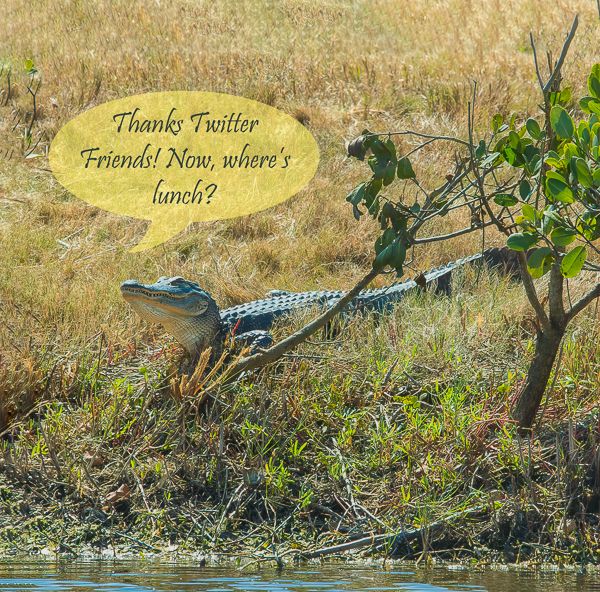It does not require a majority to prevail, but rather an irate, tireless minority keen to set brush fires in people's minds. ~ Samuel Adams
How to be a responsible steward of Democracy, Human Rights Capitalism and Planet Earth.
HOW TO BE A RESPONSIBLE STEWARD OF PLANET EARTH
Creating a better world for all through social media activism
Wednesday, April 28, 2021
Tuesday, April 27, 2021
Skunk pigs appear to mourn for members of their herd when they die

Wild 'skunk pigs' mourn their dead, footage recorded by an eight year old for his science fair project reveals
Camera traps set up for science fair project revealed herd visiting dead peccary
Over 10 days, herd sniffs the body, nuzzles it, bites it, and protects from coyotes
Researchers say it now appears they have 'complex' reactions to their dead
By CHEYENNE MACDONALD
FOR DAILYMAIL.COM
PUBLISHED: 14 December 2017
PUBLISHED
On January 8, 2017, an eight-year-old boy named Dante de Kort spotted a dead collared peccary near his home in central Arizona. For his school science fair project, he set up a motion-activated camera—a birthday present from his grandparents—next to the corpse.
Little did he know that his school project would offer an invaluable glimpse at how these animals respond to death.
At a regional science fair with her daughter in February, Prescott College biologist Mariana Altrichter was immediately struck by de Kort's videos. Having studied the social, pig-like mammals for Altrichter knew how tightly bonded peccaries could be. But she'd never witnessed herd members return to a body repeatedly. (Read: "Where Peccaries Wallow, Other Animals Follow.")
“It was pretty amazing because it wasn’t just an immediate reaction and then they moved on—it went on for 10 days,” says Altrichter, chair of the International Union for Conservation of Nature’s Peccary Specialist Group.
Dealing With Death
Accounts of death rituals have been written for a variety of animals, including elephants, primates, dolphins, and birds such as ravens. Elephants, for instance, have been seen standing over a deceased herd member for days, rocking back and forth, and pulling the lifeless body in what some experts believe is an expression of grief. (Related: "Whales Mourn Their Dead, Just Like Us.")
Thirteen Ways of Looking at a Blackbird
Thirteen Ways of Looking at a Blackbird
I
Among twenty snowy mountains,
The only moving thing Was the eye of the blackbird.
II
I was of three minds,
Like a tree In which there are three blackbirds.
III
The blackbird whirled in the autumn winds.
It was a small part of the pantomime.
IV
A man and a woman Are one.
A man and a woman and a blackbird Are one.
V
I do not know which to prefer,
The beauty of inflections Or the beauty of innuendoes,
The blackbird whistling Or just after.
VI
Icicles filled the long window With barbaric glass.
The shadow of the blackbird Crossed it, to and fro.
The mood Traced in the shadow An indecipherable cause.
VII
On thin men of Haddam,
Why do you imagine golden birds?
Do you not see how the blackbird
Walks around the feet Of the women about you?
VIII
I know noble accents And lucid,
escapable rhythms;
But I know, too,
That the blackbird is involved In what I know.
IX
When the blackbird flew out of sight,
It marked the edge Of one of many circles.
X
At the sight of blackbirds Flying in a green light,
Even the bawds of euphony Would cry out sharply.
XI
He rode over Connecticut In a glass coach.
Once, a fear pierced him,
In that he mistook The shadow of his equipage For blackbirds.
XII
The river is moving. The blackbird must be flying.
XIII
It was evening all afternoon.
It was snowing And it was going to snow.
The blackbird sat In the cedar-limbs.
-Wallace Stevens
Subscribe to:
Posts (Atom)

